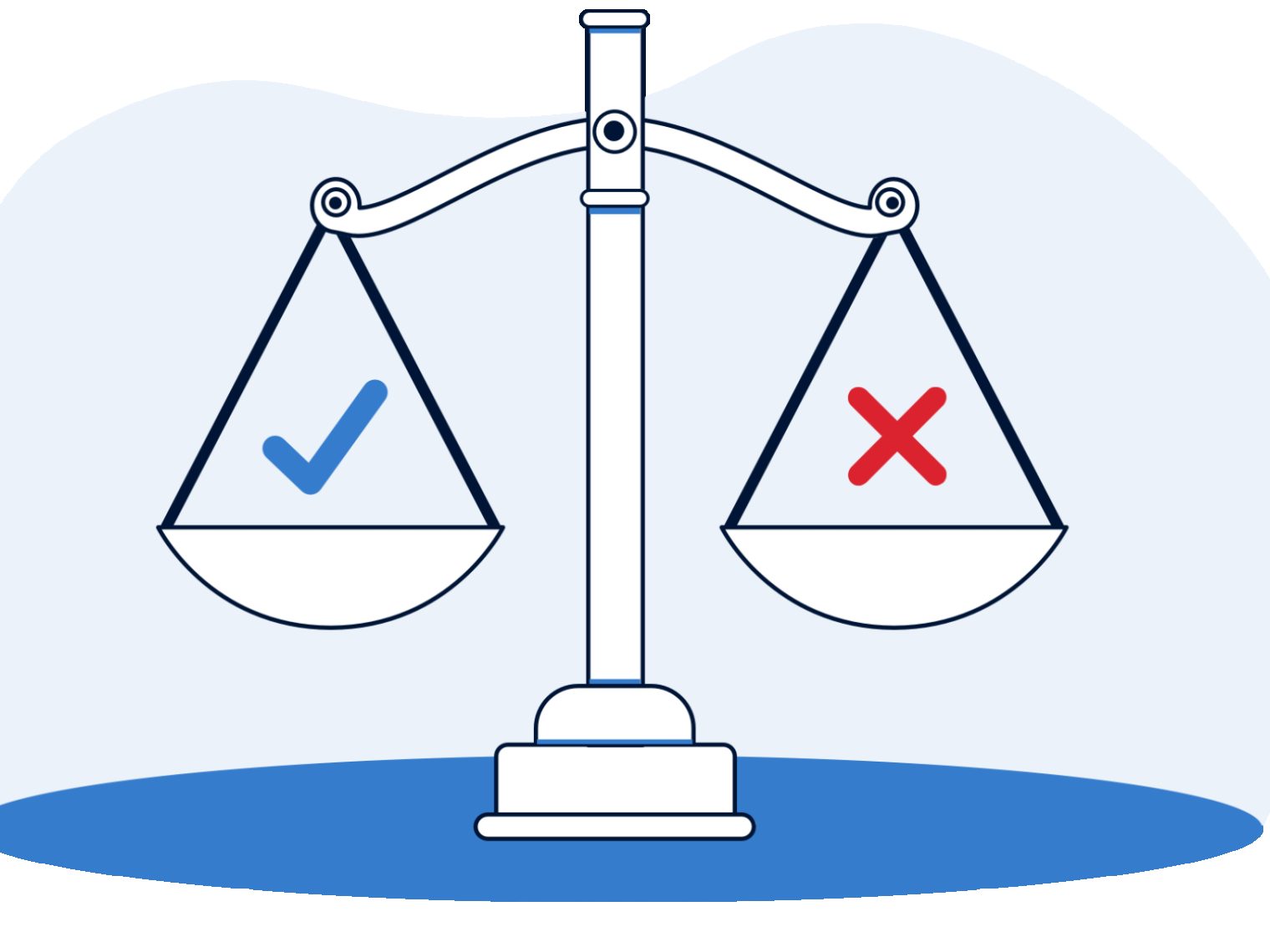Many first-time homebuyers are surprised to learn there isn't one uniform set of guidelines and requirements for a VA home loan.
To be sure, lenders and borrowers need to follow the VA's lending requirements. But those are broad-based, in part because the VA isn't actually lending you money. Instead, it's providing a limited form of insurance for the lender if the borrower later defaults.
VA lenders are free to add their own guidelines on top of what the VA requires. Those additional requirements are known as "overlays." For example, the VA doesn't set a minimum credit score requirement, but most VA lenders do. That credit score benchmark is a lender overlay.
So why would lenders enforce stricter guidelines than what the VA requires? The short answer is: Lenders want to limit risk and safely sell their loans on the secondary mortgage market.
Why Do VA Lenders Have Overlays?
The VA's financial guaranty means lenders can typically recoup a quarter of the loss if homebuyer later defaults on their loan. That guaranty inspires peace of mind, but lenders are still on the hook for most of the financial risk if a loan goes sour.
Adding in overlays for things like credit score and debt-to-income ratio helps lenders better gauge and manage risk. Consumers with lower credit scores or higher DTI ratios may be more prone to foreclosure.
Many lenders sell some or all of their loans in the secondary mortgage market. This is a marketplace where investors purchase mortgages, and lenders use their money to turn around and make more home loans. Two of the country's biggest investors are Fannie Mae and Freddie Mac, which are quasi-governmental agencies that purchase only conventional loans.
But there are plenty of banks and other financial institutions that purchase VA loans in the secondary market, too.
These investors will often have their own requirements and guidelines that determine what loans they will purchase. And those, in turn, can wind up influencing lender overlays. In other words, lenders often need to add restrictions to make sure an investor will buy their loans.
There are countless types of overlays, and they can all vary depending on the lender, the type of loan and other factors. What one lender won't allow another might be totally fine with. Lender overlays can also change over time.
Some of the more common overlays relate to things like:
- Credit score
- DTI ratio
- Loan-to-value ratio
- Seasoning periods following bankruptcy or foreclosure
- Who can be a co-borrower on the loan
- Types of properties eligible for financing
- Cash reserve requirements
- Collections and charge-off accounts
- Streamline refinance products
What Do Overlays Mean for Would-Be Buyers?
Two VA lenders can have different requirements for the same home loan.
For example, Lender A might be willing to work with your high DTI ratio, while Lender B may deny your loan application out of the gate. Or Lender A might be okay with your 600 FICO score, while Lender B wants at least a 640 score.
Dealing With Overlays
There isn't an easy way for prospective buyers to compare lender overlays without talking to lenders about your particular situation. Most don't advertise or publish their in-house guidelines.
Some lenders may be able to work with borrowers who have dented credit, higher DTI ratios and other risk factors. The only way to know is to start asking.
If nothing else, you'll begin to get a clearer sense of what it'll take to land a home loan.
Answer a few questions below to speak with a specialist about what your military service has earned you.
Related Posts
-
 VA Renovation Loans for Home ImprovementVA rehab and renovation loans are the VA's answer to an aging housing market in the United States. Here we dive into this unique loan type and the potential downsides accompanying them.
VA Renovation Loans for Home ImprovementVA rehab and renovation loans are the VA's answer to an aging housing market in the United States. Here we dive into this unique loan type and the potential downsides accompanying them. -
 Pros and Cons of VA LoansAs with any mortgage option, VA loans have pros and cons that you should be aware of before making a final decision. So let's take a closer look.
Pros and Cons of VA LoansAs with any mortgage option, VA loans have pros and cons that you should be aware of before making a final decision. So let's take a closer look.


